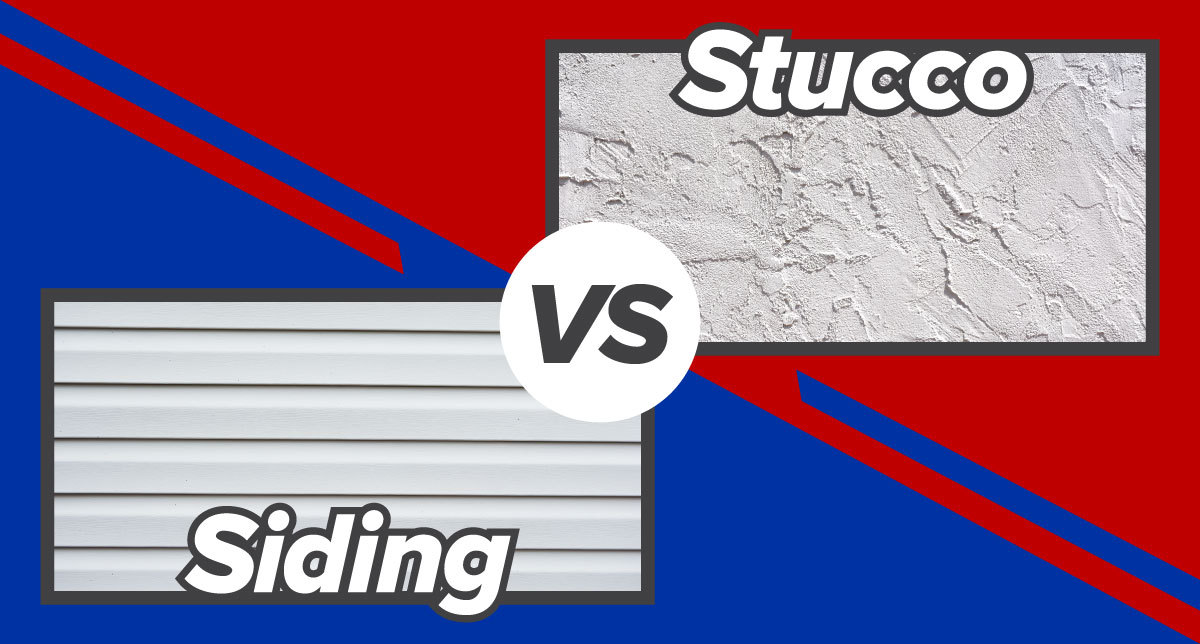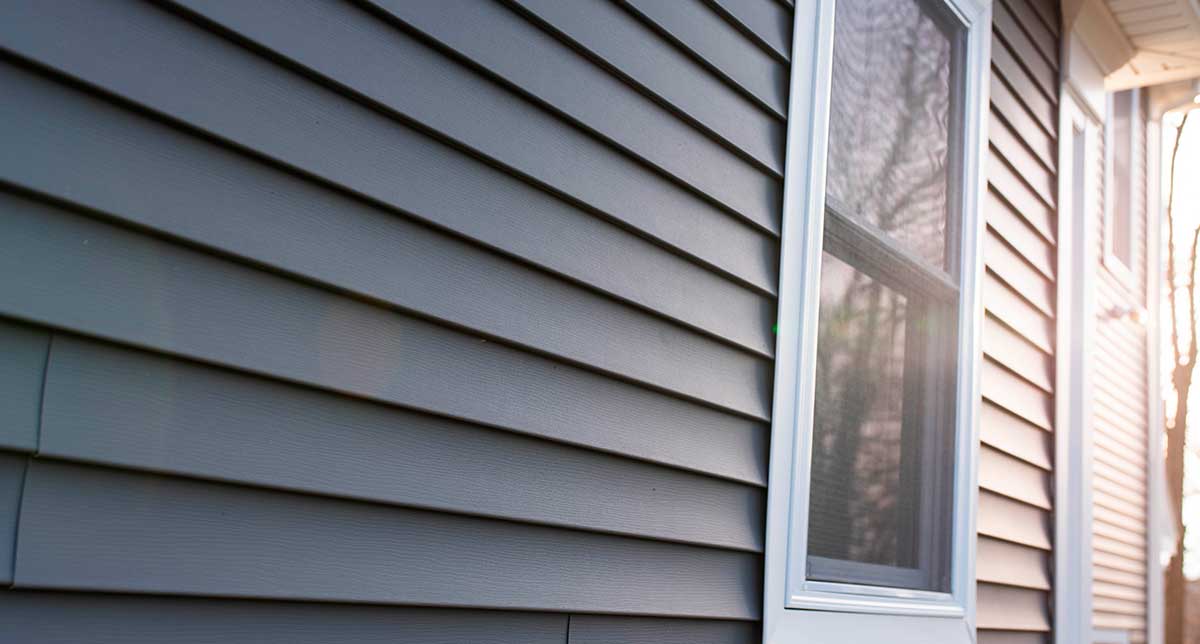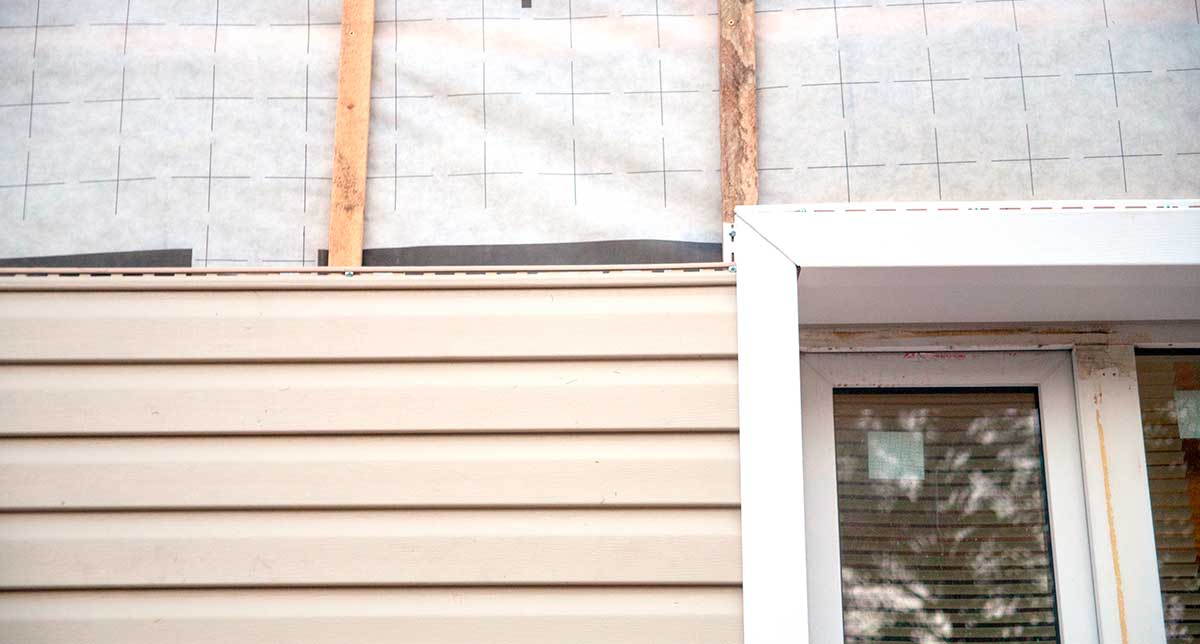
- Tue, 17 Nov 2020
- Maya Construction 1 Inc.
Stucco vs Siding: Is One Better than the Other?
Do you want to protect your home’s exterior from the elements of nature? Then, you need to choose the best material for your project. Although there are many options available, today we’ll talk about two of the most popular ones. Get ready to read all about stucco vs siding!
You can find several siding options out there, such as aluminum siding, fiber cement, metal siding, and wood siding. But, we’ll mainly focus on vinyl siding, which is the most popular type of siding.
Before you buy the materials and start the project, make sure you’re choosing what is best! Every home improvement project is different. So, consider all the factors we’ll mention in this blog to ensure the best results.
Learn Which Material Is Better: Stucco vs Siding
Whether it’s for your new house or a home remodel, deciding the exterior’s material is vital. This is because that will be the first line of defense for your house against the elements of nature.
If you choose a siding material that is not as thick or durable, then your home’s exterior will be unprotected. As a result, you’ll end up spending a lot of money on repairs or replacement.
So, we recommend you choose carefully the materials you’ll use for this home improvement project. Both stucco and vinyl siding are great building materials. But, just as they have some advantages, they have disadvantages as well.
When choosing between stucco vs siding, take these factors into account:
- Stucco is more expensive than vinyl siding
- Vinyl siding is easier to install or repair
- Foam-back siding is more energy efficient
- Vinyl is easier to maintain
- Stucco is more durable and resistant
- Stucco has more colors and designs available
Take the Cost into Consideration

One of the most important factors to consider when planning a remodel is the cost of the materials. If you’re deciding between two materials, then you need to think about your budget.
In this case, stucco is the more expensive option. The vinyl siding cost for installation ranges between $1.50 to $8.50 per square foot. On the other hand, the cost to install stucco is between $5 to $9.58 per square foot.
Can You Install or Repair It Yourself?
After looking at costs, you need to also consider if you can do the job yourself. This can save you a lot of money since you would only have to buy the materials needed for the project. Also, labor charges can greatly increase your installation costs.
Vinyl siding installation is very easy so it is perfect for a DIY (do-it-yourself) project.
Installing stucco, however, is a much more labor-intensive job. This means that you would need the help of professionals.
If you want a material that will be easy to repair in case of damage, then consider vinyl siding. You can easily remove a vinyl panel and replace it with a new one.
With stucco, however, it depends on the damage. For minor cracks, you could attempt to fix it yourself. But, we recommend getting the help of an expert. This is because it can get more complicated since you would have to think about the mixture and the number of coats you will apply.
Are Stucco and Vinyl Siding Energy-Efficient?
Both stucco and vinyl siding are energy-efficient materials. But, there is one that does a much better job at insulation. Insulation helps in keeping heated and cooled air inside your home.
This means that your air conditioner or heater won’t have to use a lot of power during the summer or winter. As a result, you’ll save money on your energy bills. So, energy efficiency is something that many homeowners are looking for.
A single coat of stucco is better for energy efficiency than non-insulated siding. However, foam-back vinyl, or foam-insulation vinyl, is the best option if you wish to keep a nice temperature at home all the time.
Which One Is Easy to Maintain?
Proper installation of the material is vital to ensure that it lasts for several years. But, this doesn’t mean that you won’t have to take care of it. So, you may want to consider a material that is easy to maintain. In this case, vinyl siding wins.
Vinyl siding is considered a low-maintenance material. On the other hand, stucco requires more of your attention. You would need to clean and repaint your stucco periodically to ensure it lasts for a long period of time.
Durability and Resistance

When it comes to durability and resistance, there are several details to review.
Firstly, let’s go back to the last factor we discussed, which was maintenance. With proper installation and maintenance, vinyl can last between 40 and 75 years, while stucco can last from 60 to 100 years.
If you want your home’s exterior to last, then make sure to give it proper care.
Now, let’s talk about wind and hail resistance. Stucco can handle higher wind speeds than vinyl siding. Also, it is more resistant to hail damage. But, if there are large pieces of hail, then stucco could crack or chip.
Even though stucco is very resistant to several outdoor elements, it can still get damaged. If you’re unsure whether your stucco needs repair, we invite you to download our free stucco inspection checklist!
Don’t know if your stucco might be damaged?
Keep track of your stucco siding with our stucco inspection checklist!
Colors and Finishes: Does Stucco Offers More than Siding?
Vinyl siding offers several benefits when it comes to colors and designs. This is because you can buy vinyl siding that looks like other siding options. So, you could have the look of an expensive siding material at the price of vinyl.
But, with stucco, you get way more options of colors and designs. There are several types of stucco finishes that you can create for your home’s exterior.
These are the top factors that differentiate stucco vs siding. They both have their pros and cons. So, in the end, it’s up to you to decide which material will look best in your home as well as which one is within your budget. Whichever you choose, you can be sure that your home’s exterior will be protected.

